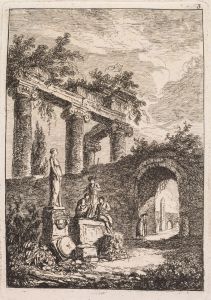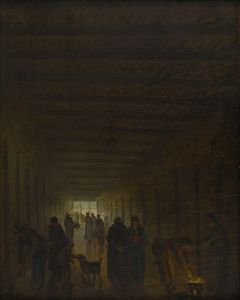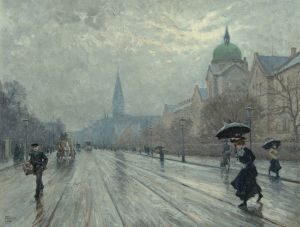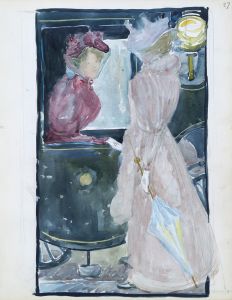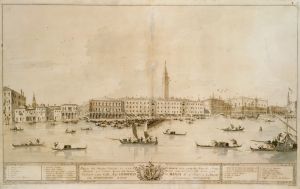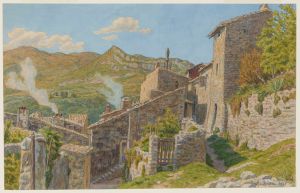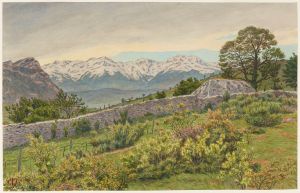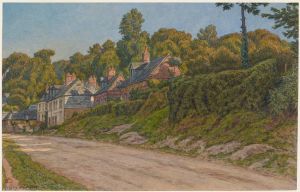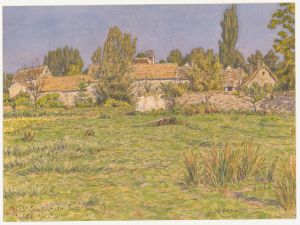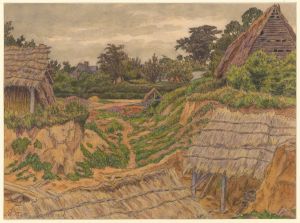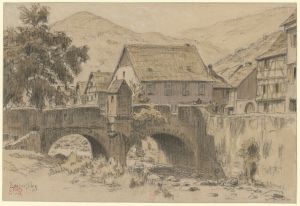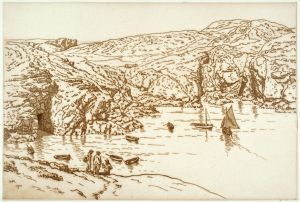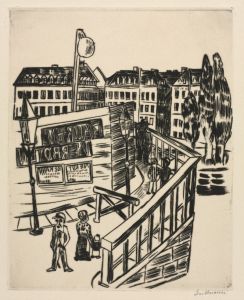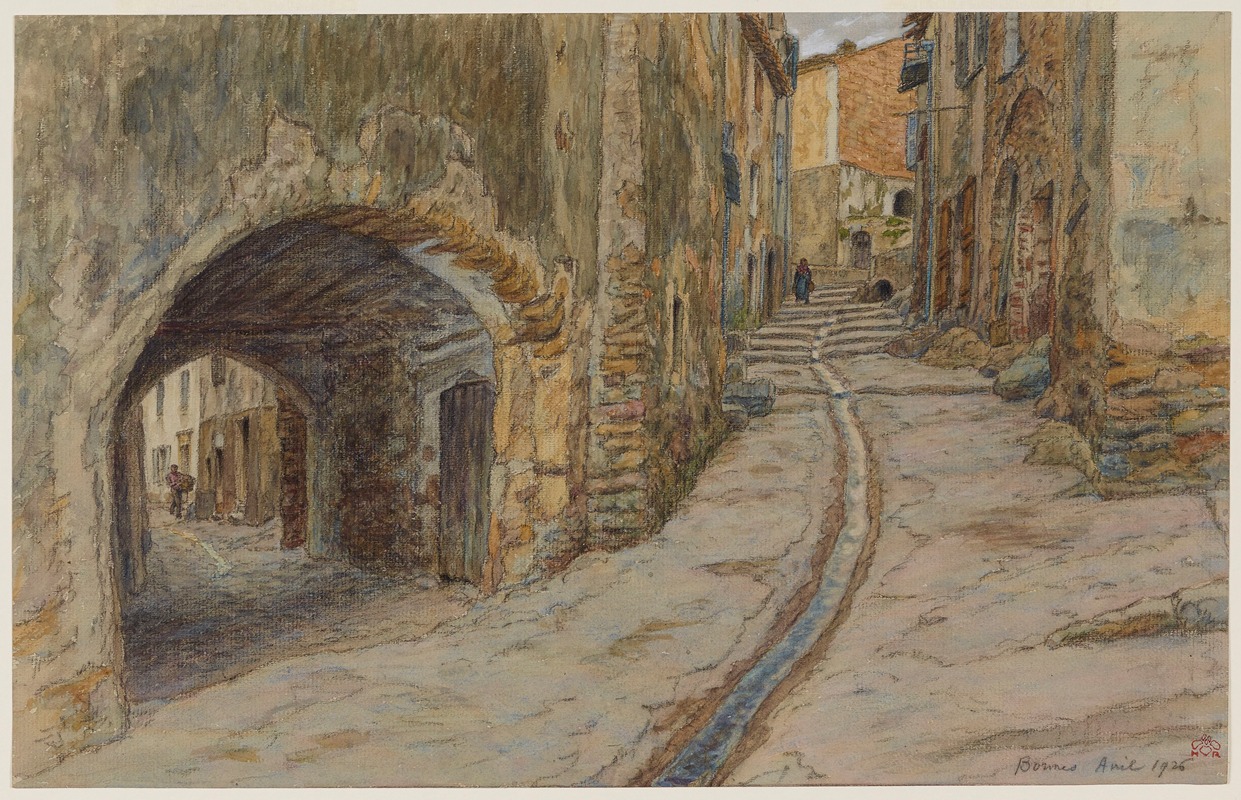
Rue Rompi-cou. Bormes
A hand-painted replica of Henri Rivière’s masterpiece Rue Rompi-cou. Bormes, meticulously crafted by professional artists to capture the true essence of the original. Each piece is created with museum-quality canvas and rare mineral pigments, carefully painted by experienced artists with delicate brushstrokes and rich, layered colors to perfectly recreate the texture of the original artwork. Unlike machine-printed reproductions, this hand-painted version brings the painting to life, infused with the artist’s emotions and skill in every stroke. Whether for personal collection or home decoration, it instantly elevates the artistic atmosphere of any space.
Henri Rivière (1864–1951) was a French artist known for his innovative contributions to printmaking and his role in popularizing Japanese-inspired art in France during the late 19th and early 20th centuries. He is particularly celebrated for his mastery of color lithography and woodblock printing, as well as his ability to capture the natural beauty and charm of rural France.
"Rue Rompi-cou, Bormes" is one of Rivière's works that reflects his fascination with the landscapes and architecture of southern France. The title translates to "Rompi-cou Street, Bormes," referring to a street in the village of Bormes-les-Mimosas, located in the Provence-Alpes-Côte d'Azur region of France. This picturesque village is renowned for its steep, winding streets, Mediterranean vegetation, and historical charm, which Rivière skillfully depicted in his art.
The artwork is part of Rivière's broader body of work that often focused on capturing the essence of specific locations with a keen eye for detail and atmosphere. His style was heavily influenced by Japanese ukiyo-e prints, particularly the works of Hokusai and Hiroshige, which he admired for their use of perspective, composition, and color. Rivière adapted these techniques to create his own unique interpretations of French landscapes and scenes.
"Rue Rompi-cou, Bormes" exemplifies Rivière's ability to blend Japanese artistic principles with a distinctly French subject matter. The piece likely showcases his characteristic use of bold lines, flattened perspective, and harmonious color palettes to evoke a sense of tranquility and timelessness. While specific details about the creation date or medium of this particular work are not readily available, it is consistent with Rivière's broader artistic focus during his career.
Henri Rivière's works, including "Rue Rompi-cou, Bormes," are celebrated for their ability to transport viewers to serene and idyllic settings. His art remains an important part of the late 19th and early 20th-century French art movements, bridging the gap between traditional European techniques and the influence of Japanese aesthetics. Today, his works are held in various museums and private collections, where they continue to be appreciated for their beauty and historical significance.





